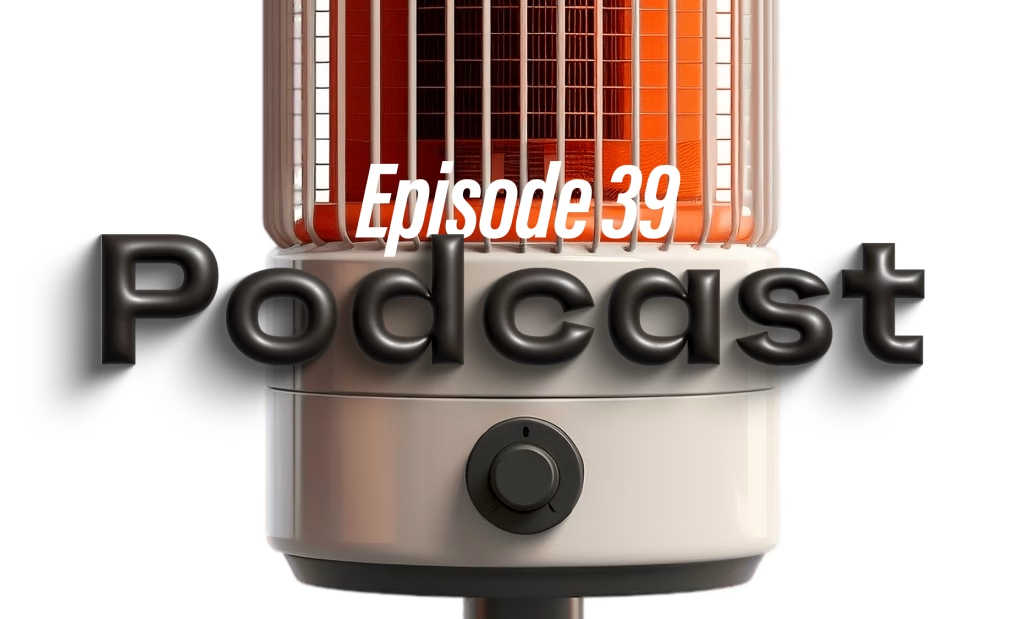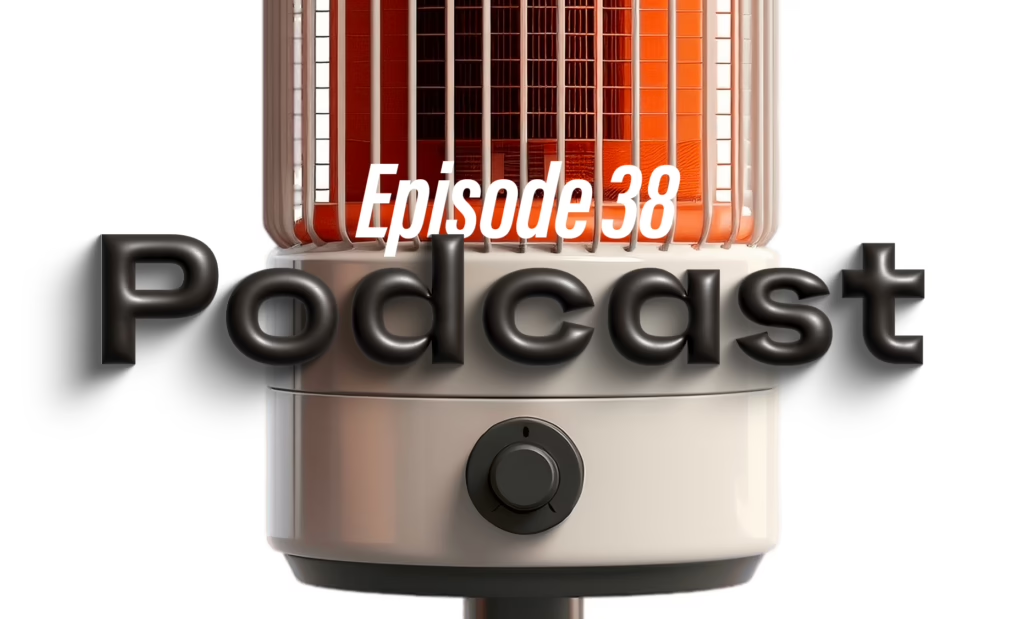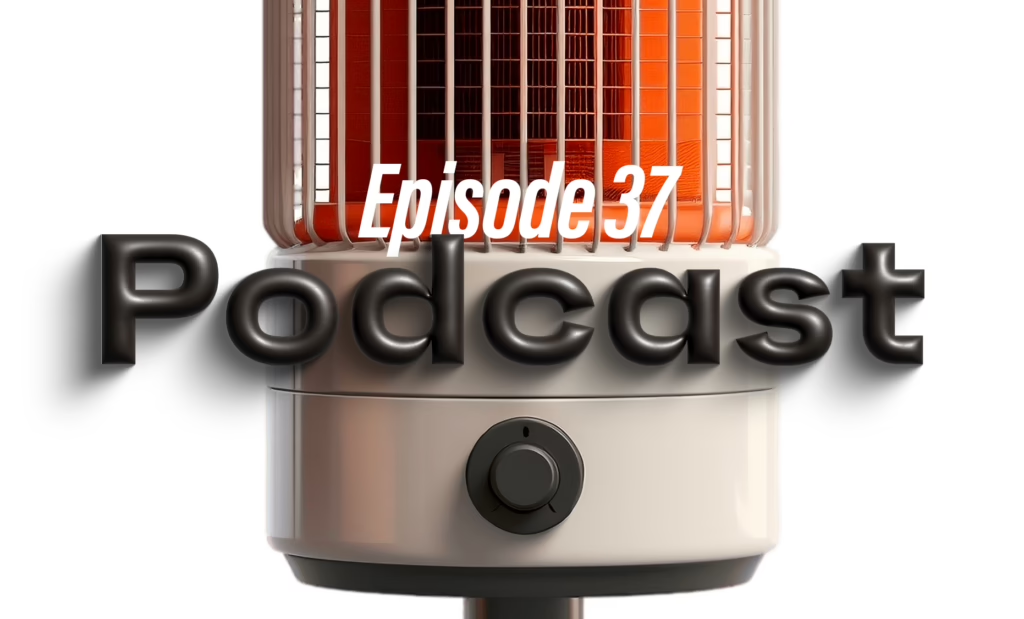
Physical products have a magical way of popping into our lives, embedding themselves—and transforming us.
When that happens, they become much more than “things.” Consumer products can transcend their basic role as household objects or tools we use to perform tasks: in the best cases, they measurably improve our productivity and enjoyment of life, reshape our psyche—even increase our longevity.
If that’s not magic, it’s about the closest we’ll ever come to a genie in a bottle. Think for a moment about your very favourite products. Consider the ones you love most, and what they’ve done for you.
How would your life be different without them? Pretty dramatically, right?
It’s worth exploring why, especially for those of us involved in product development and marketing. Here are eight ways physical products add quality and enjoyment to our lives:
- Physical products stimulate all our senses. We hold, touch, see, smell and embrace the products we buy. We spritz on J’Adore, wrap ourselves in Lululemon, and drip sweat all over the Peleton while plugged into our AirPods. We spend the day watching, pinching, tapping and swiping our iPhone or Galaxy. We live, as the old slogan goes, in our Levi’s. As tangible goods, physical products connect via our senses, weaving themselves into the tapestry of our day-to-day. The best ones do it very deliberately, in ways we come to crave.
- They make things easier. Many of the most magical products are labour-saving devices that help us move, lift, plan, build, organize, navigate, communicate or problem-solve more quickly and effectively than ever before. When that happens, we subliminally register a debt of gratitude that manifests as brand loyalty.
- They become how we do jobs. Products that help us do our work transform the work itself. Mechanics rely on specialized products to work on your Ford or Toyota product. Without them, their job is impossible. Many of our day jobs, or important tasks we do at home rely entirely on the products we use to accomplish them. Designers, engineers and architects are schooled using software and hardware specific to their trade. Products have evolved from helpers in our work to the way work is done, and incumbent solutions, even flawed ones, become very hard to dislodge.
- They bring us together. People have gathered around physical products such as board games, radios and video screens for generations, and now it’s our devices themselves that connect us. We FaceTime and Zoom with family and colleagues everywhere, and share our TikTok loops with millions of strangers. Products have become an essential part of human socialization.
- They provide enjoyment. We buy products not only for the pleasure we get from the benefits they deliver, but often because the products themselves provide enjoyment. A set of Bose noise-cancelling headphones or an Oculus Quest VR headset create a virtual environment that temporarily transforms our environment. From earliest childhood to palliative care, physical products provide our most desired forms of escape, comfort and relaxation.
- They elevate our status. One of the biggest drivers for an expensive purchase is often not the direct benefits or purpose of the product. It’s what it does for our status. People will happily pay more for a Harley-Davidson motorcycle, Tumi bag or Apple tablet not just for the quality and performance, but because it identifies them as belonging to a certain social status and tribe. No other thing money can buy elevates status like the product brands we possess.
- They provide badge value. Badge value is a remarkable extension of status that comes from being associated with brands that stand for positive action. The status boost of driving a Tesla Model X is augmented by the badge value of powering it (and maybe your entire home) with solar energy. Patagonia uses only organic cotton and pledges to do no harm. Even a mature brand like P&G’s Gillette can manufacture fresh badge value for legacy razors by presenting as the choice of righteous men.
- They improve our health and extend our life expectancy. Medical and scientific devices, innovative ingredients, aids to living and healthier foods may not be the most exciting physical products, but they have the greatest capacity to make us healthier, more energetic and enjoy more good years. Brands that most effectively promote this connection, rather than the product’s obvious function, invariably lead their category.
It’s hard to quantify the ways, and degree to which a consumer good improves people’s lives, and to identify which ones are most valuable to prospective buyers—especially with novel and innovative products.
To make it a more precise science, we developed a matrix for measuring and quantifying the impact a product has on various the owner’s life. We call it Customer Life Improving Mechanisms and Benefits, or CLIMB™. The breakthrough benefits delivered by a product form progressive rungs on a ladder, escalating from Functional to Emotional, through to Transformative and Transcendent.
A product’s CLIMB™ Score tells us how impactful it is, and helps us prioritize the most meaningful improvements it brings to the consumer’s life, and beyond. I’ll be writing more on how CLIMB™ works, and how you can use it with your own products. It’s an important part of our Innovative Products Go-to-Market Roadmap™. We love to work with entrepreneurs and established brands to harness the transformative power of innovative products.
Drop us a line or fill out our Pre-Intake Questionnaire to get started.





